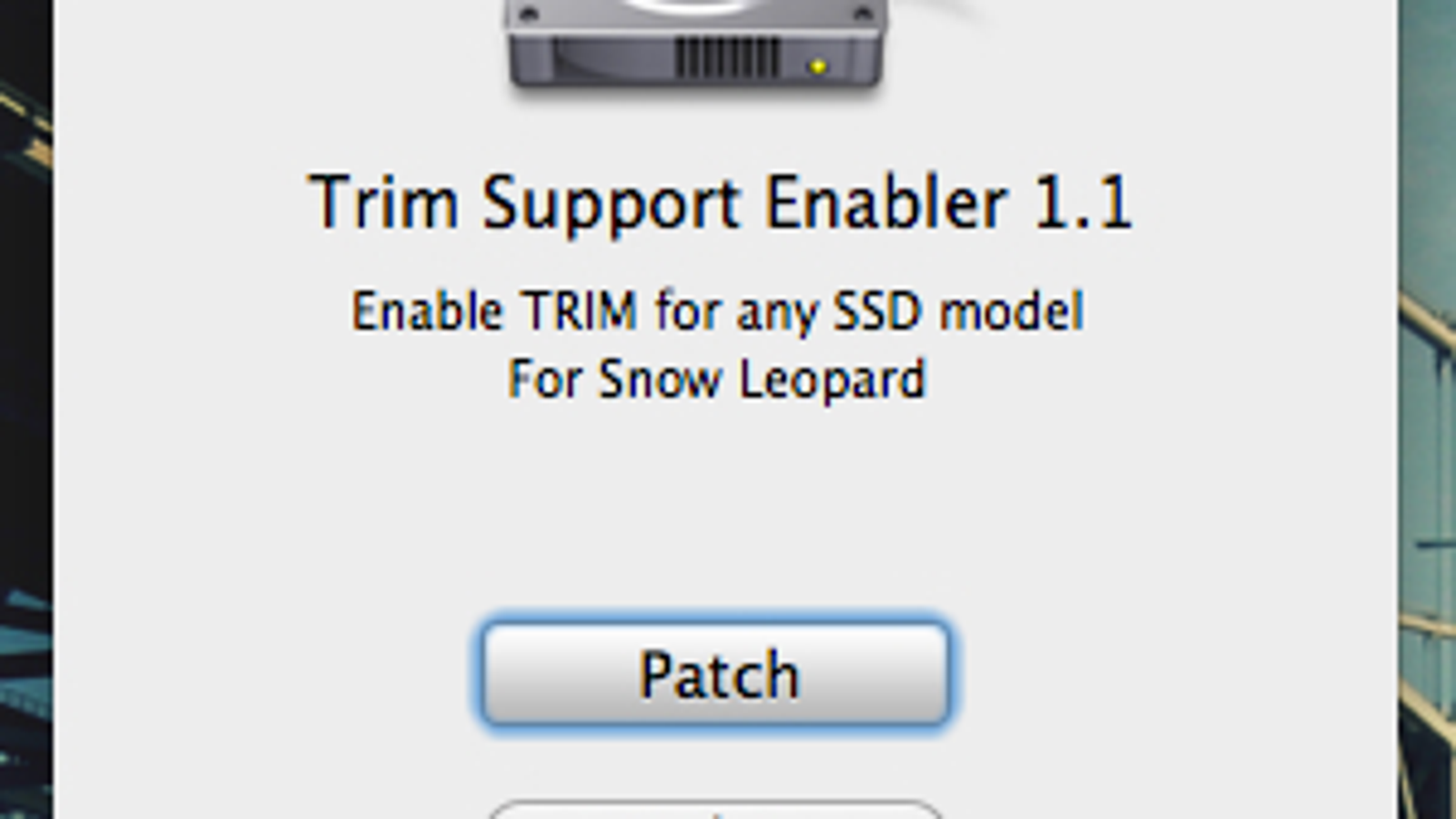

On the other hand, TRIM also helps prolong the life of SSDs. And this is also the reason why SSDs have a faster speed of read-write when talking about SSD vs. It takes slightly more time to do than just writing the new information, so using TRIM Command can speed up the write performance of the drive. Thus, when writing the new information to that sector, the drive needs to erase the existing information first. If there is no SSD TRIM command on your solid-state drive, then your SSD would not know which sectors in the drive contained useless information.

The next time when the computer is idle, Active Garbage Collection will delete the data. Then The SSD TRIM command tells the drive that the data can be erased. When you delete a document on your SSD, the area of the SSD that contains the deleting data is marked as no longer used. Usually, the SSD TRIM command works with Active Garbage Collection to clean up and organize your solid-state drive. For example, SCSI provides the UNMAP command - A full analog of TRIM.

SSDs with other different interfaces also have a similar command like TRIM. In addition to the ATA interface, TRIM is also available for SSDs that support the SATA interface. SSD TRIM, known as an Advanced Technology Attachment (ATA) command, tells an SSD which data blocks it can erase with the help of the operating system since they are no longer in use.
OSX TRIM ENABLER HOW TO
Keep reading to find the answer to your doubts about SSD TRIM and this post also tells you how to enable SSD TRIM on Mac. If you are using an SSD or you want to buy a new SSD, you should know what SSD TRIM is and why it matters for SSDs.


 0 kommentar(er)
0 kommentar(er)
